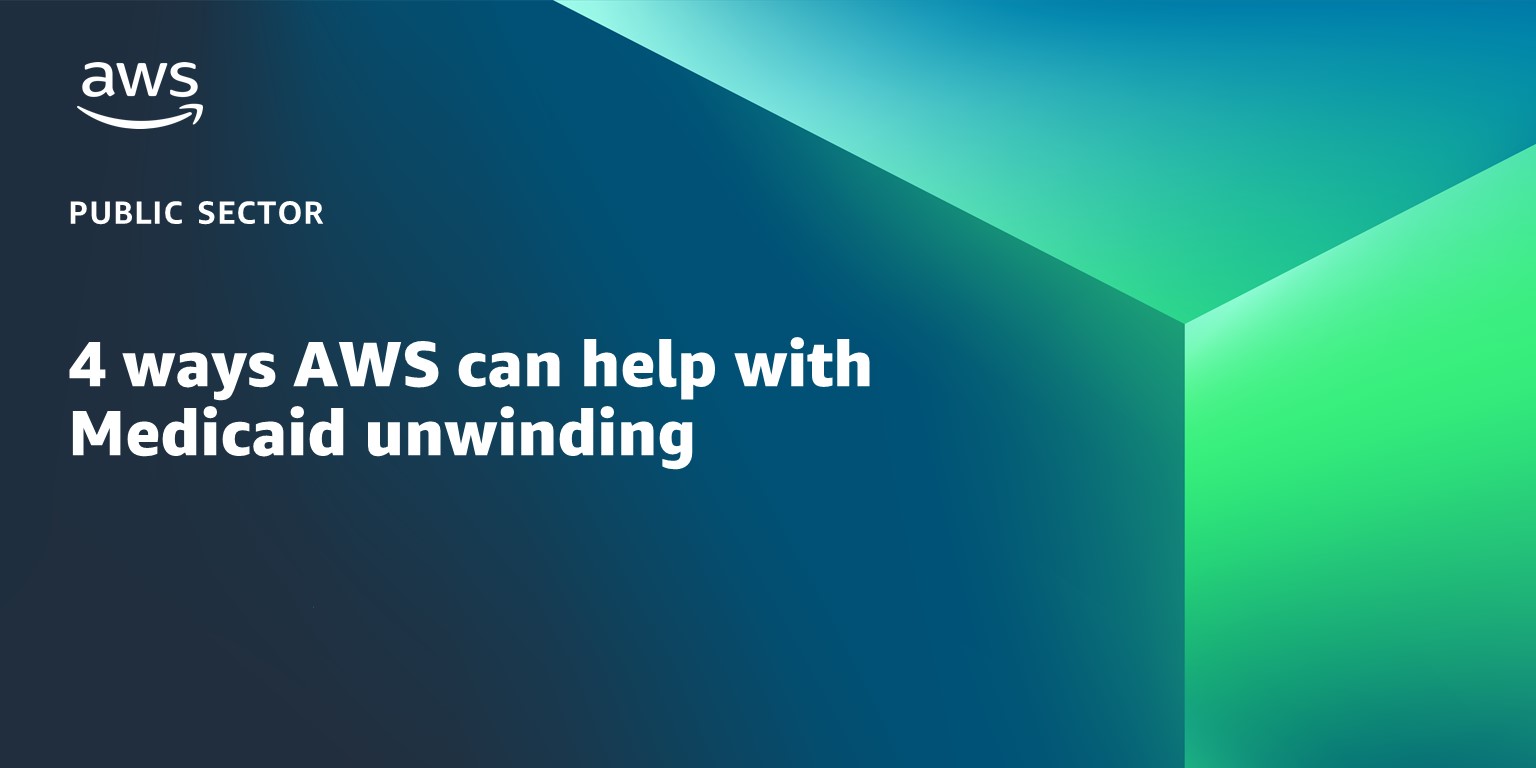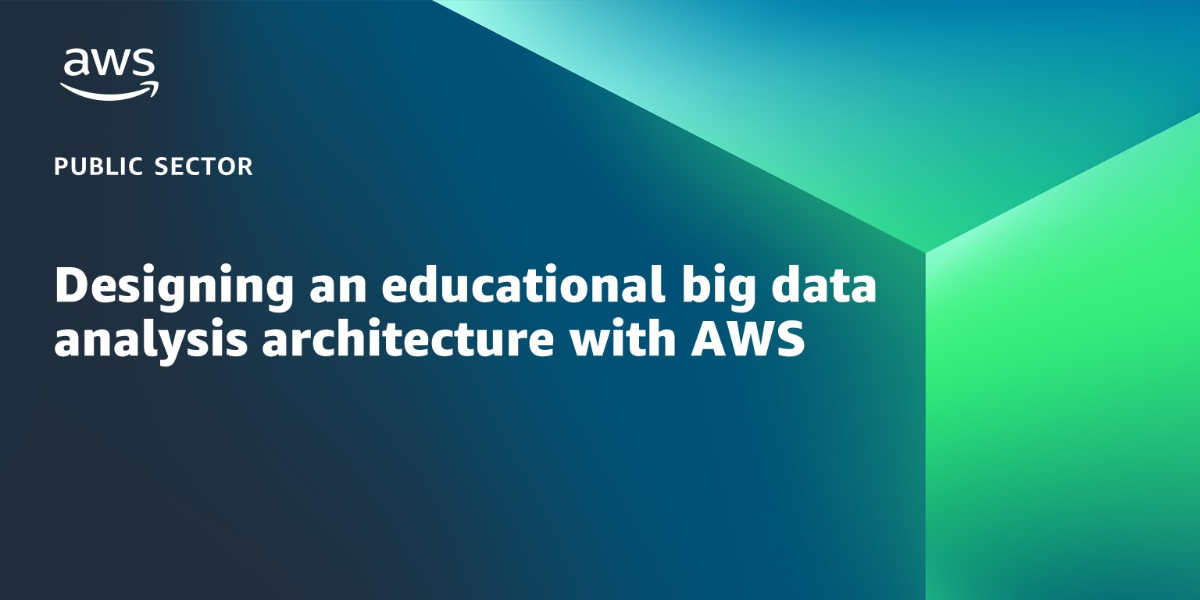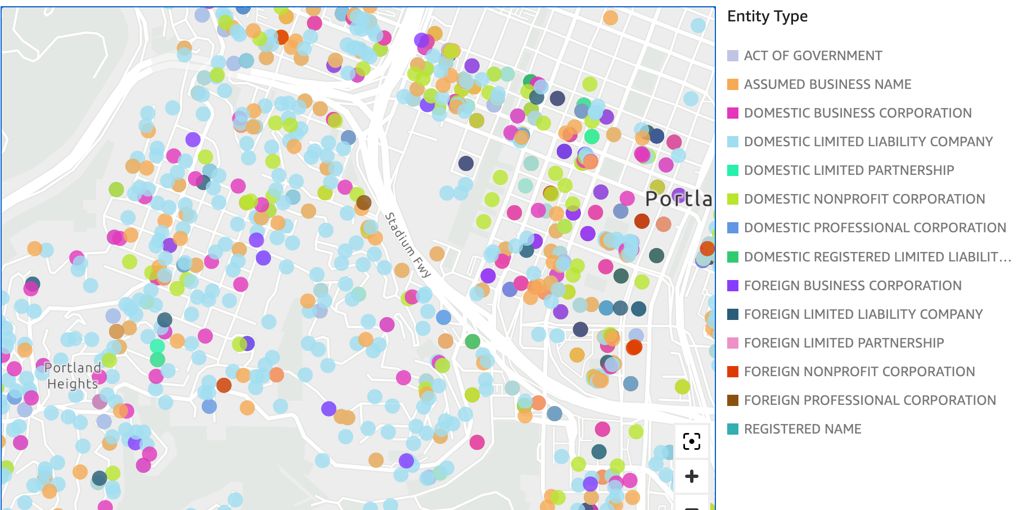AWS Public Sector Blog
Tag: Amazon QuickSight
Extracting, analyzing, and interpreting information from Medicaid forms with AWS
What if paper forms could be processed at the same speed as digital forms? What if their contents could be automatically entered in the same database as the digital forms? Medicaid agencies could analyze data in near real time and drive actionable insights on a single dashboard. By using artificial intelligence (AI) and machine learning (ML) services from AWS, Medicaid agencies can create this streamlined solution. In this walkthrough, learn how to extract, analyze, and interpret relevant information from paper-based Medicaid claims forms.
Automating returned mail to keep members enrolled during Medicaid unwinding
As the COVID-19 public health emergency (PHE) begins to wind down, starting April 1, 2023, state Medicaid agencies (SMAs) will have one year to “unwind” temporary COVID-era changes and return to pre-pandemic ways of working. For nearly a year, AWS has supported SMAs with in-house Medicaid expertise to identify unwinding issues and develop solutions to address them. The top four concerns that SMAs have shared for unwinding are constituent outreach and engagement, staffing shortages, returned mail, and reporting capabilities. In this blog post, explore how AWS can help with automating returned mail to support members in keeping their coverage.
Analyzing vehicle fleet location data from a data lake with AWS
At AWS, many public sector customers operate fleets of vehicles (e.g. emergency response, public transportation) that generate location data, which is ultimately stored in a data lake. These customers frequently ask how they can quickly visualize this data and extract insights that can help them optimize how they operate their vehicle fleets. In this post, learn how to use Amazon Athena and Amazon Location Service to perform ad hoc reverse geocoding on a notional dataset of vehicle location history, and visualize the results on an Amazon QuickSight map.
4 ways AWS can help with Medicaid unwinding
Beginning on April 1, 2023, state Medicaid agencies (SMA) will have one year to “unwind” temporary COVID-era changes and return to pre-pandemic ways of working. A major part of that will be re-verifying that all 91 million members still qualify to receive Medicaid benefits. For nearly a year, AWS has supported SMAs with in-house Medicaid expertise to identify unwinding issues and develop solutions to address them. The top four concerns that SMAs have shared are in approaching outreach and engagement, staffing shortages, returned mail, and reporting capabilities. Learn how AWS can help states across the country overcome these challenges across different scenarios.
Supporting state agencies with Medicaid unwinding outreach: Creating a multi-lingual two-way messaging system
A key focus for the Department of Health and Human Services (HHS) and state Medicaid agencies is making sure those eligible for Medicaid maintain coverage and supporting transition to alternatives. Medicaid agencies need to conduct outreach to make their millions of members aware of the process for redetermination. With cloud-based tools from AWS, state agencies can conduct this outreach using no code/low code, serverless, elastic services that can scale to two billion text messages a day. In this blog post, learn how to set up a multi-lingual, interactive SMS message campaign that can automatically verify and update member information on file based on member responses.
Designing an educational big data analysis architecture with AWS
In this blog post, learn a high-level architecture, built on AWS, that uses a graph database to analyze unstructured and structured educational data that can, for example, help inform a recommendation to a student for the appropriate courses to take in their next semester based on multiple personalized data factors.
A Texas regional education service center’s cloud journey starts with Amazon QuickSight
Texas Region 4 ESC (TX-Region 4) is a regional education service center that offers a range of services that help K12 education organizations improve student performance, enable faculty success, and implement state initiatives. When TX-Region 4 wanted to migrate its business intelligence (BI) solution to the cloud, they turned to AWS and Amazon QuickSight to save time and produce more insights to better their educational offerings.
Generating program-defining insights in seconds for child, adult, senior, and military services
Easterseals, DC MD VA is a multifaceted nonprofit organization with the goal of enriching lives and expanding opportunities for children and adults in the Washington DC, Maryland, and Virginia (DMV) area, including people with disabilities and military backgrounds. With support from our account team at AWS, Easterseals established a data lake to better understand and define the impact our organization has on its participants with the overarching goal of empowering all people to to achieve their potential and live meaningful lives.
Visualize data lake address datasets on a map with Amazon Athena and Amazon Location Service geocoding
Many public sector customers in government, healthcare, and life sciences have data lakes that contain addresses (e.g., 123 Main Street). These customers frequently ask how they can quickly visualize these addresses on a geographic map to get a more intuitive understanding of how these addresses are distributed. In this post, learn how to use Amazon Athena and Amazon Location Service to perform ad hoc geocoding on an example dataset and visualize these geocoded addresses on an Amazon QuickSight map.
How to create a cybersecurity analytics platform with AWS analytics and machine learning
Cybersecurity analytics is a systematic methodology designed to collect, ingest, process, aggregate, and analyze security events. This methodology empowers organizations to proactively perform security investigations, powered by advanced analytics and machine learning (ML), which help mitigate cyber issues more effectively and efficiently at scale. Learn about the core components of a cybersecurity analytics framework and how organizations can use AWS to design a cybersecurity analytics platform with analytics and ML services.









